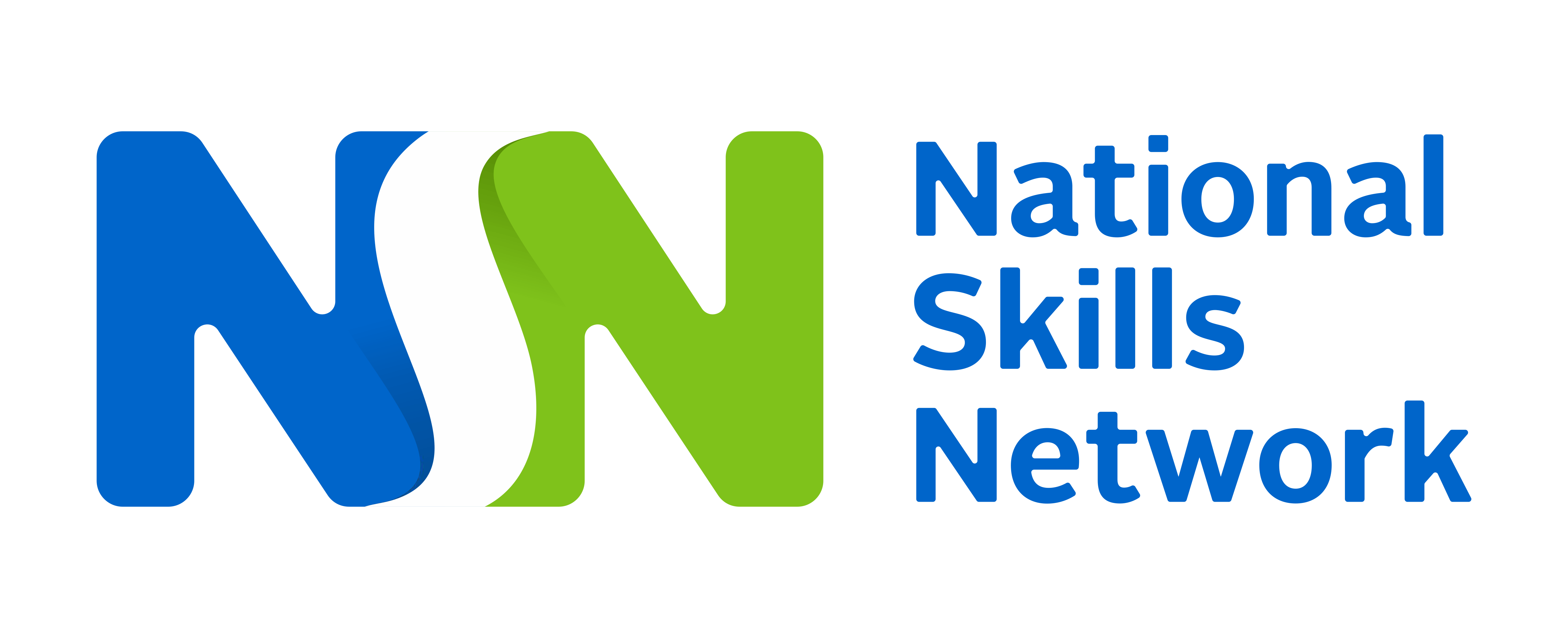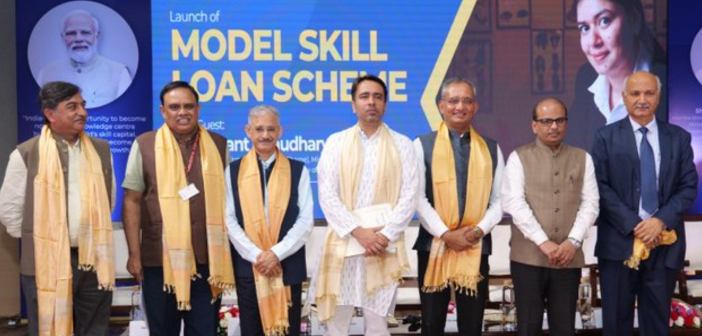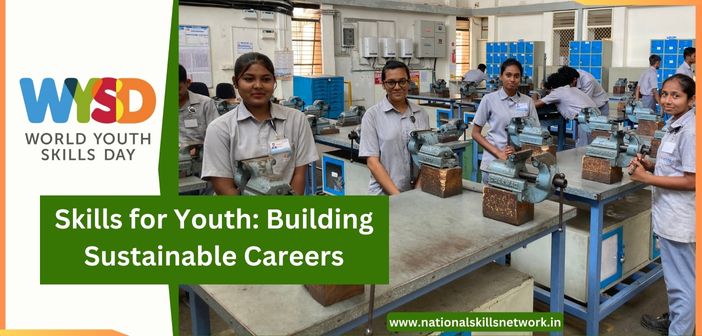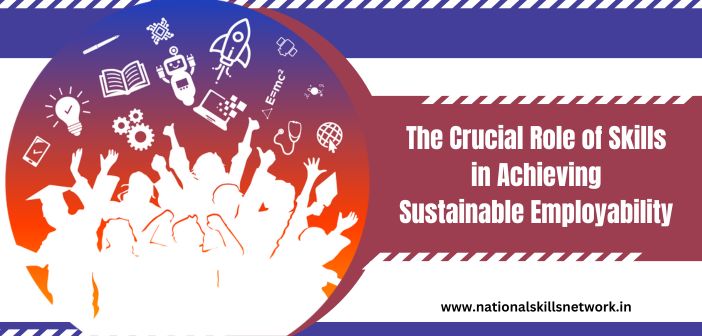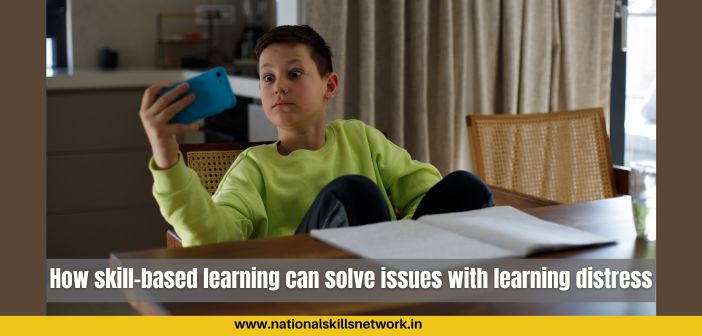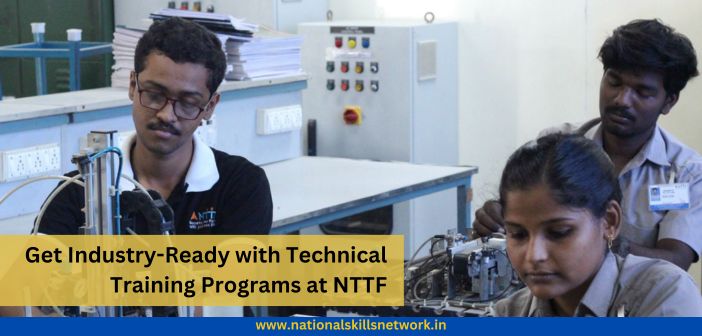
We often equate a trained employee with a productive employee. By doing this, we lose sight of the fact that training can only provide the necessary skills to perform on the job. What determines the productivity is the actual competencies that take into account time, quality, efficiency and other aspects of task completion. In today’s workplace it also means how smartly we work with latest technologies like Artificial Intelligence and Robotics and build a seamless human-machine interface.
Let’s look at these two examples: Sarita, a B.Voc student has undergone the 3-year Degree course in Dialysis Technology and she has completed the requisite practical training as per the curriculum. After getting placed in a Kidney Center, she realized that though the practical training helped her in performing on the job, she was constantly reminded of how her productivity levels were low. In other words, she was unable to complete the tasks efficiently, on time and this affected the number of patients she could handle and slowed down the process.
For Arvind, a bar bender trained in using the bar bending machine, a feedback session with his supervisor, showed how his productivity had to improve. His performance was affected by the way he was operating the machine without paying attention to the quality of steel and size of the bars. In fact, many others in his team were given the same feedback since they wasted a lot of material and had to re-do the scaffolding and it affected their project timelines, cost and delivery.
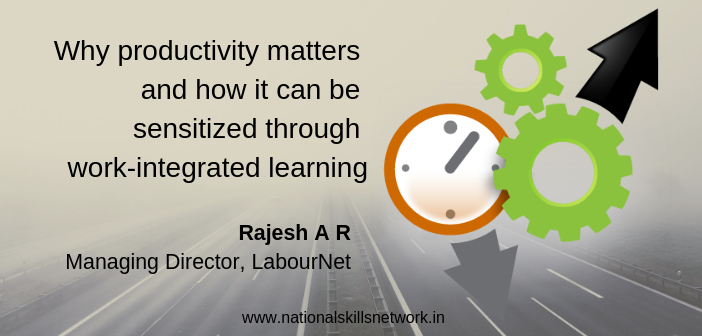 In most cases, awareness about productivity happens only on the job, in a live project, often incurring a heavy cost to the company. As against this, how do we sensitize the workforce about enhancing their productivity as they move from being unskilled or semi-skilled to skilled? It can be ideally done during the training period by exposing the trainees to the real workplace. Here are few ways to do it through work-integrated learning model:
In most cases, awareness about productivity happens only on the job, in a live project, often incurring a heavy cost to the company. As against this, how do we sensitize the workforce about enhancing their productivity as they move from being unskilled or semi-skilled to skilled? It can be ideally done during the training period by exposing the trainees to the real workplace. Here are few ways to do it through work-integrated learning model:
Job role description – The National Occupational Standards (NOS) drafted for every job role has many parameter that describe and measure performance criteria and outcomes. A conscious way to build awareness about how to perform on the job, in the real work environment, meeting the expectations should be demonstrated to the prospective workforce.
Right tools and technology – A small error in entering data in Kidney Care Center or using a wrong tool in a Construction Project can bring down the production line. It will also affect the deliverables of other departments and the bottom line. Work-integrated learning programs have to factor such aspects of workplace and prepare the trainees to show necessary alacrity and presence of mind.
Linking productivity with wages and salary – Though this is a conventional way of ensuring that desired productivity levels are achieved, it needs to be revisited to make it a part of one’s responsibility and ownership. A bonus or a perk may not always make sure that the workforce is continuously focusing on being highly productive under different circumstances.
Smart decision making – Knowing what is important or critical is one of the ways to drive desired results. It also calls for right delegation and smart thinking on one’s feet to prioritize as per the situational context.
Work-integrated learning is all about tangible outcomes that can be observed , measured and improved in terms of productivity and quality. When these outcomes are closely aligned with job roles within the larger framework of NSQF, we achieve a seamless compatibility with the learning modules and expected outcomes and on-the-job performance. Let’s re-look at the relationship between learning outcomes, productivity and wages. All the three are closely connected with employee performance and business results. Irrespective of the nature of employment – formal or informal – we need to drive the criticality of enhanced productivity and it can be achieved through work-integrated learning.
